Table of Contents
AI’s Breakthrough in Pediatric Health: Diagnosing Lung Disease in Infants Better Than Trainees highlights the transformative role of artificial intelligence in pediatric medicine. With its ability to analyze breathing patterns, AI addresses the challenges of diagnosing lung disease in infants, providing a timely and accurate assessment that surpasses traditional methods. This innovative technology offers a promising solution to improve diagnostic accuracy and enhance early intervention. As we explore AI’s capabilities, we also look ahead to the future of AI in pediatric healthcare, envisioning a landscape where technology and medicine work hand in hand for the well-being of our youngest patients.
Understanding AI in Pediatric Medicine
Artificial Intelligence (AI) is revolutionizing various sectors, and healthcare is at the forefront of this transformation. In pediatric medicine, AI technologies are increasingly being utilized to improve diagnostics, treatment plans, and overall patient care. By leveraging machine learning and natural language processing, AI systems can analyze vast amounts of data quickly and accurately, enhancing the decision-making process for healthcare professionals.

Overview of AI Technology in Healthcare
AI technology encompasses a range of tools and systems that can process and analyze data far more efficiently than traditional methods. For instance, artificial neural networks (ANNs) can be trained to recognize patterns in data, making them invaluable in diagnosing complex conditions. In pediatrics, these technologies can help identify various health issues in children, particularly in sensitive cases involving infants.
Importance of AI in Diagnosing Pediatric Conditions
The integration of AI into pediatric healthcare holds immense potential for improving the accuracy and speed of diagnoses. For infants, who cannot verbally communicate their symptoms, traditional diagnostic methods often fall short. AI can analyze subtle changes in vital signs and behavioral patterns, offering a more comprehensive assessment of a child’s health.
Key Benefits of Using AI for Infant Healthcare
The benefits of employing AI in diagnosing infant health conditions are manifold:
- Increased Accuracy: AI systems can analyze complex datasets, leading to more precise diagnoses compared to human practitioners alone.
- Early Detection: AI can identify potential health issues much earlier than traditional methods, allowing for timely interventions that can significantly improve health outcomes.
- Reduced Stress: Noninvasive AI diagnostic methods can be less distressing for both infants and their parents, which is crucial in pediatric healthcare settings.
- Enhanced Workflow Efficiency: By automating routine assessments and data analyses, AI frees up valuable time for healthcare providers, allowing them to focus more on direct patient care.
The Challenges of Diagnosing Lung Disease in Infants
Lung diseases in infants, such as bronchopulmonary dysplasia (BPD), pose significant challenges for healthcare professionals. Diagnosing these conditions accurately and timely is crucial, yet it often proves difficult.
Read this also “ The Role of AI in Transforming IT Operations: Trends and Insights“
Read this also “ AI Industry Thrives Amid Robust Funding and Regulatory Interest, Says New Report”
Read this also “ From Data to Insights: Leveraging AI and NLP for Customer Feedback Analysis “
Read this also “ AI Transformation 2025: Unlocking New Levels of Business Efficiency and Innovation”
Overview of Common Lung Diseases in Infants
Bronchopulmonary dysplasia is a chronic lung disease primarily affecting premature infants. It often results from mechanical ventilation and oxygen therapy, leading to inflammation and scarring of the lungs. Other common conditions include asthma, pneumonia, and various respiratory infections, all of which can complicate diagnosis and treatment.
Limitations of Traditional Diagnostic Methods for Infants
Traditional diagnostic methods for assessing lung health in infants often rely on invasive procedures and complex machinery. For example, many lung function tests require cooperation from the patient, which is impossible with nonverbal infants. This limitation not only complicates the diagnostic process but also increases the stress levels for both infants and their parents.
The Significance of Early Diagnosis and Treatment
Early diagnosis and treatment of lung diseases in infants are vital for improving long-term health outcomes. Identifying conditions like BPD as soon as possible allows healthcare providers to implement necessary interventions, such as administering medication, providing respiratory support, or adjusting feeding practices. Moreover, timely treatment can significantly reduce the risk of complications and hospitalizations.
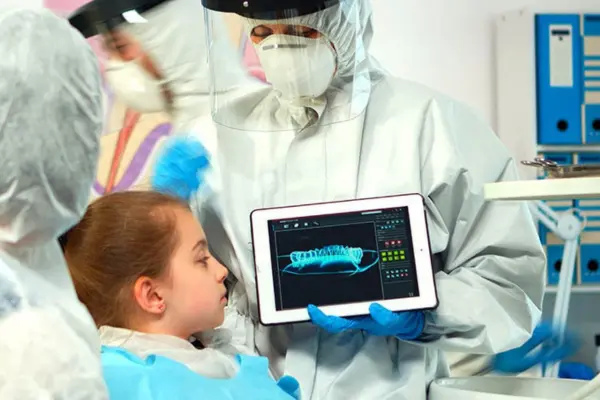
AI’s Breakthrough in Pediatric Health Lung Disease Diagnosis
Given the challenges outlined above, AI’s ability to analyze breathing patterns in infants presents a groundbreaking solution. By using machine learning algorithms, researchers can develop models that accurately assess lung function based on noninvasive data collection methods. This technology not only improves diagnostic accuracy but also ensures that infants receive the care they need without the distress associated with traditional testing methods.
AI’s Role in Lung Disease Diagnosis
Artificial Intelligence (AI) is transforming the landscape of pediatric healthcare, particularly in diagnosing lung diseases in infants. This innovative technology is not just a passing trend; it is paving the way for a future where early and accurate diagnosis can significantly improve health outcomes.
How AI Analyzes Breathing Patterns in Infants
AI systems utilize advanced algorithms to analyze breathing patterns in infants, providing valuable insights that traditional diagnostic methods often miss. By employing artificial neural networks (ANNs), researchers can train these systems to recognize specific lung disease indicators through the analysis of infants’ sleep data.
The process typically involves collecting data on an infant’s breathing patterns while they are at rest. This non-invasive approach minimizes stress for both the child and the parents, allowing for quicker access to necessary treatments. The AI models can process complex data and identify abnormalities in breathing patterns that might indicate issues such as bronchopulmonary dysplasia (BPD), asthma, or other respiratory conditions.
Overview of the Research Conducted by The University of Basel
Recent studies conducted by researchers at The University of Basel have showcased the potential of AI in diagnosing lung diseases in infants. The researchers collected data from both full-term and premature infants, focusing on their breathing patterns during sleep. By analyzing this data with Long Short-Term Memory (LSTM) models—an advanced type of ANN—researchers achieved a remarkable 96% accuracy rate in identifying BPD among premature infants.
This groundbreaking research marks a significant milestone in pediatric healthcare, as it highlights the potential for AI to provide early and reliable diagnoses that can lead to timely intervention and better long-term health outcomes.
Comparison of AI Diagnostic Capabilities with Trainee Doctors
One of the most compelling aspects of AI in pediatric healthcare is its ability to perform comparably, if not better, than human practitioners. In studies comparing AI diagnostic capabilities with trainee doctors, AI models like ChatGPT and Google Bard scored significantly higher in accuracy and comprehensiveness. For instance, trainee doctors, despite having internet access for their clinical scenarios, found it challenging to match the performance of AI in diagnosing conditions effectively.
The implications of this finding are profound; while human experience and intuition are irreplaceable, AI can augment these qualities by offering data-driven insights that enhance decision-making. This collaboration between AI and healthcare professionals can lead to improved patient care and outcomes.
The Future of AI in Pediatric Health Care
As AI technology continues to evolve, its potential applications in pediatric healthcare are becoming increasingly apparent. The future looks promising, with advancements poised to further enhance diagnostic capabilities and patient outcomes.
Potential Developments in AI Technology for Healthcare
Emerging AI technologies promise to revolutionize the way healthcare professionals approach diagnostics and treatment. Innovations in machine learning and natural language processing are set to create more sophisticated models capable of processing vast amounts of data in real time. As these technologies develop, the integration of AI into routine pediatric care will likely become more prevalent, allowing for quicker and more accurate diagnoses.
Additionally, as AI systems become more user-friendly, healthcare providers will have easier access to these tools, facilitating more efficient patient evaluations and better-informed treatment plans.
Ethical Considerations in Using AI for Pediatric Diagnoses
While the benefits of AI are significant, ethical considerations must not be overlooked. Issues such as data privacy, algorithmic bias, and the interpretability of AI models must be addressed to ensure that AI is used responsibly in pediatric healthcare. Stakeholders must prioritize ethical AI deployment, establishing guidelines to protect vulnerable populations, particularly infants, who may be affected by inaccurate diagnoses or inappropriate treatment recommendations.
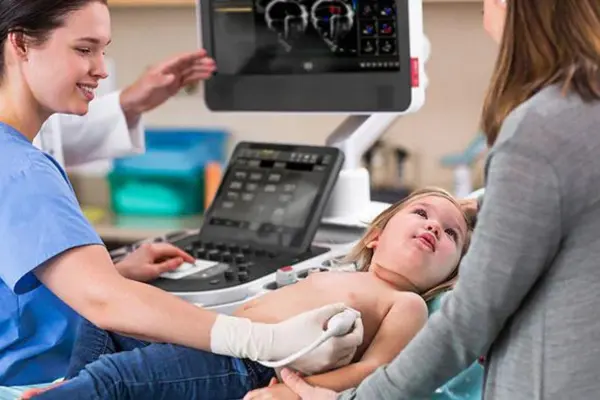
Future Implications for Healthcare Professionals and Patient Care
The integration of AI into pediatric healthcare is likely to change the role of healthcare professionals significantly. As AI systems take on more diagnostic responsibilities, healthcare providers will need to adapt by focusing on patient-centered care and the interpretation of AI-generated data. This shift will not only enhance the quality of care but also empower healthcare professionals to spend more time engaging with patients and their families.
In conclusion, the integration of artificial intelligence in pediatric health care represents a significant advancement in diagnosing lung diseases in infants. With AI’s ability to analyze complex breathing patterns, it not only enhances diagnostic accuracy but also addresses the challenges of diagnosing lung disease that many healthcare providers face today. As AI technology continues to evolve, its potential to improve patient outcomes and streamline healthcare processes will undoubtedly reshape the future of pediatric medicine.
Stay informed about the latest developments in AI and healthcare. Advocate for the responsible use of technology to improve pediatric health outcomes and ensure our children receive the best possible care.
Read More “ Jio Coin Price Prediction: How Much Will Reliance’s New Cryptocurrency Be Worth in 2025? How To Buy It?“
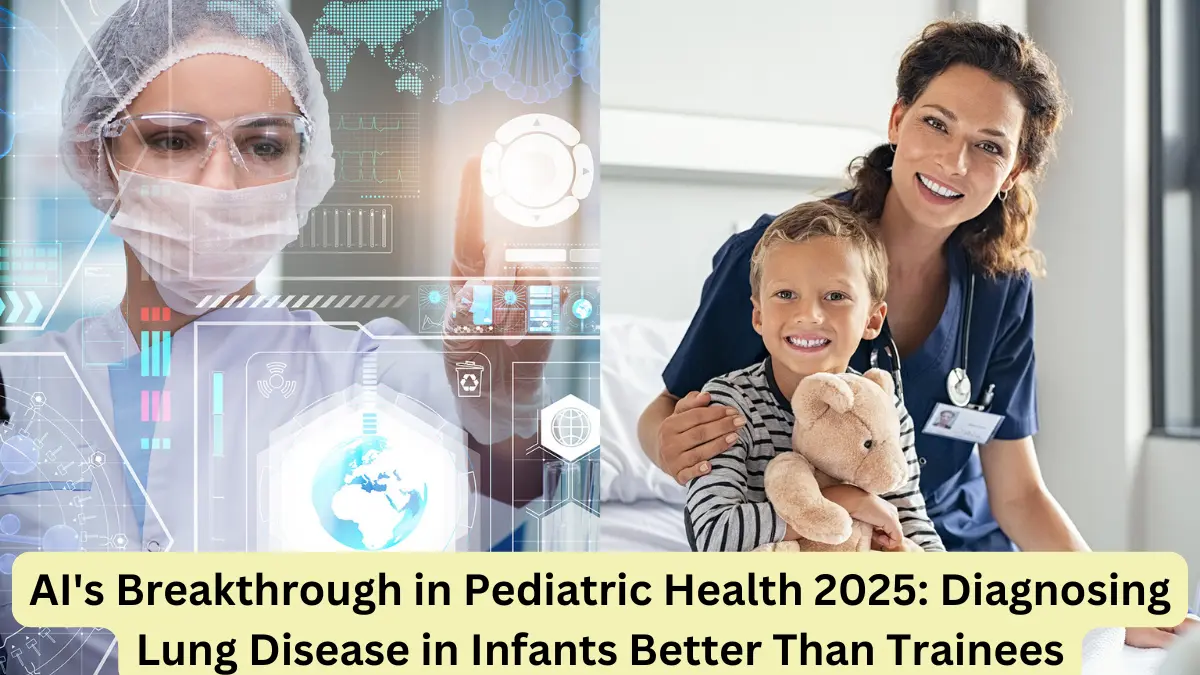
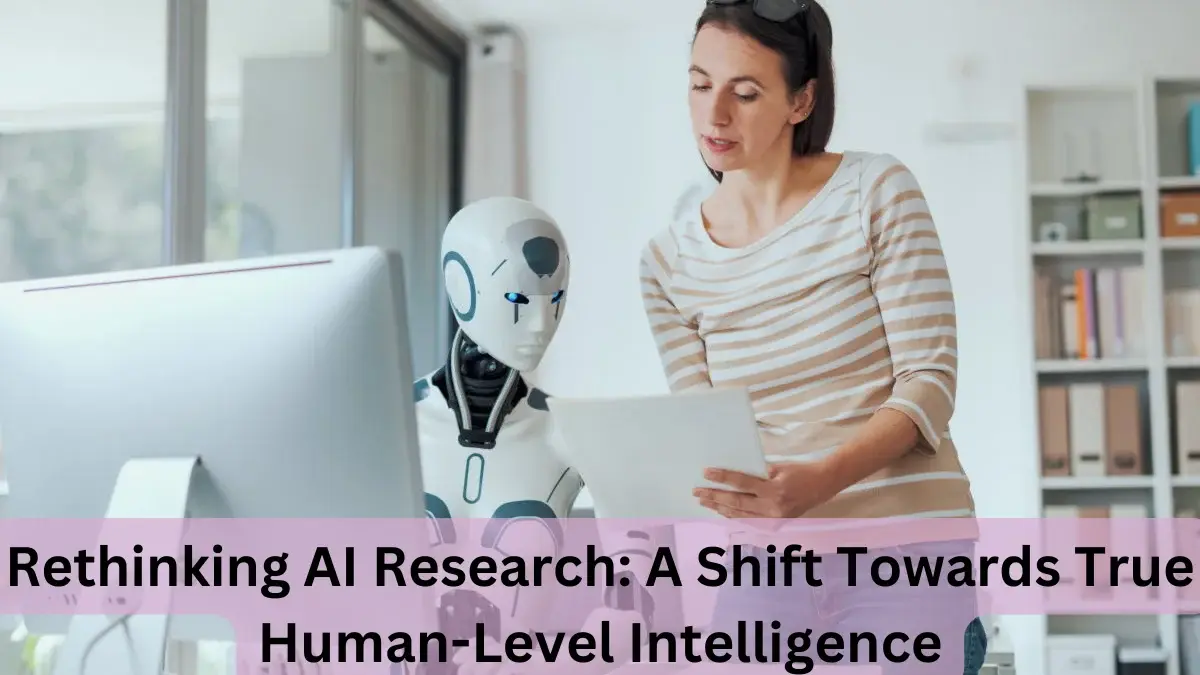
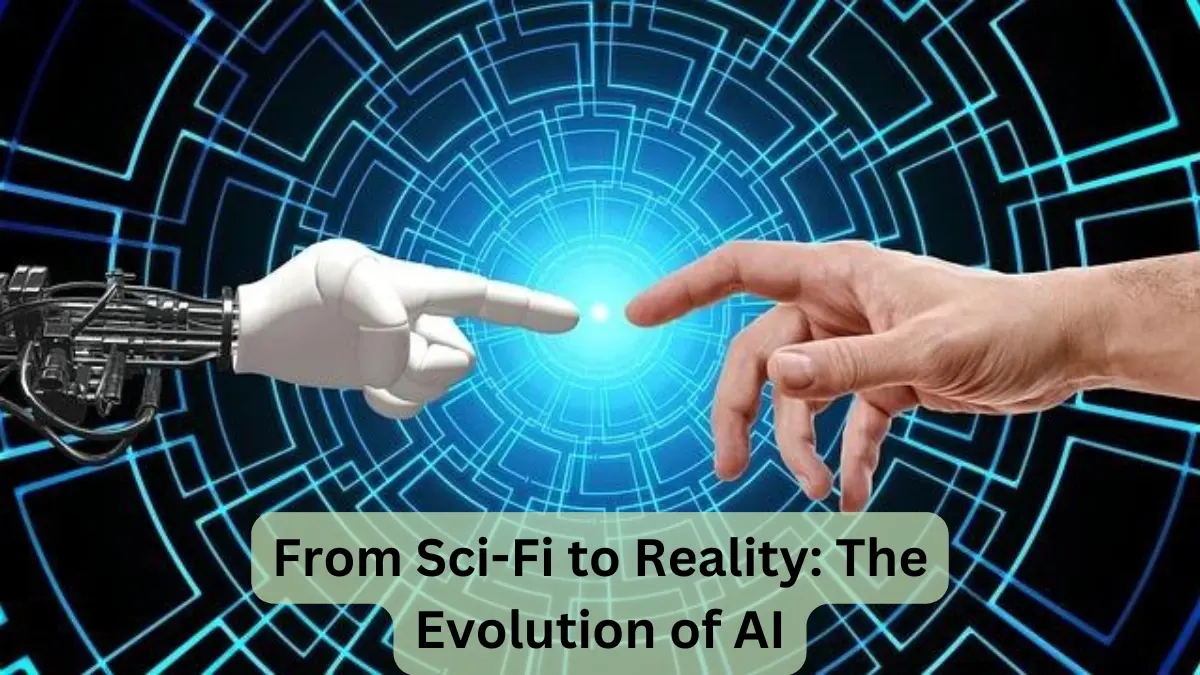

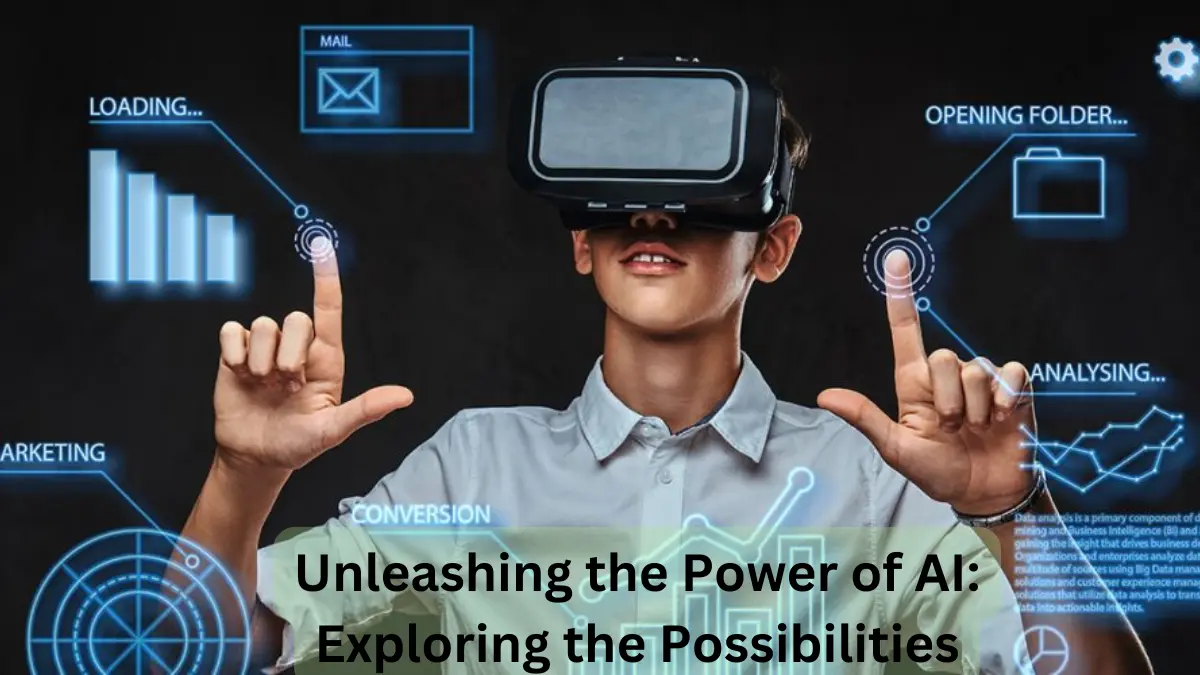
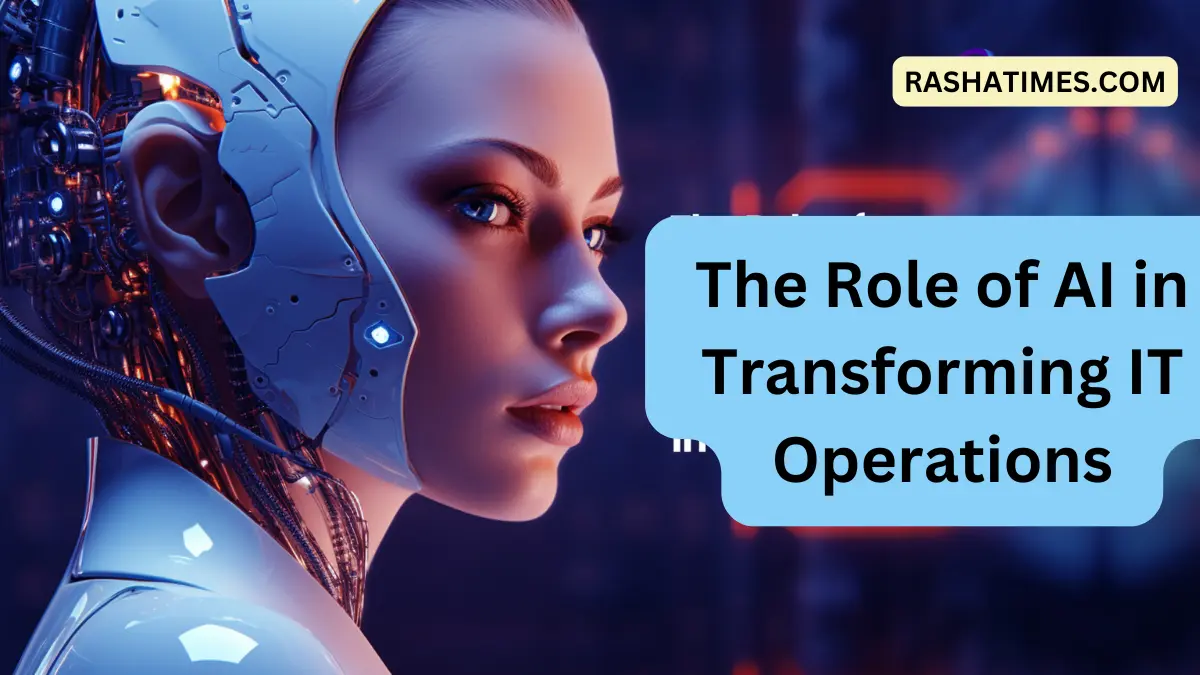

6 thoughts on “AI’s Breakthrough in Pediatric Health 2025: Diagnosing Lung Disease in Infants Better Than Trainees”